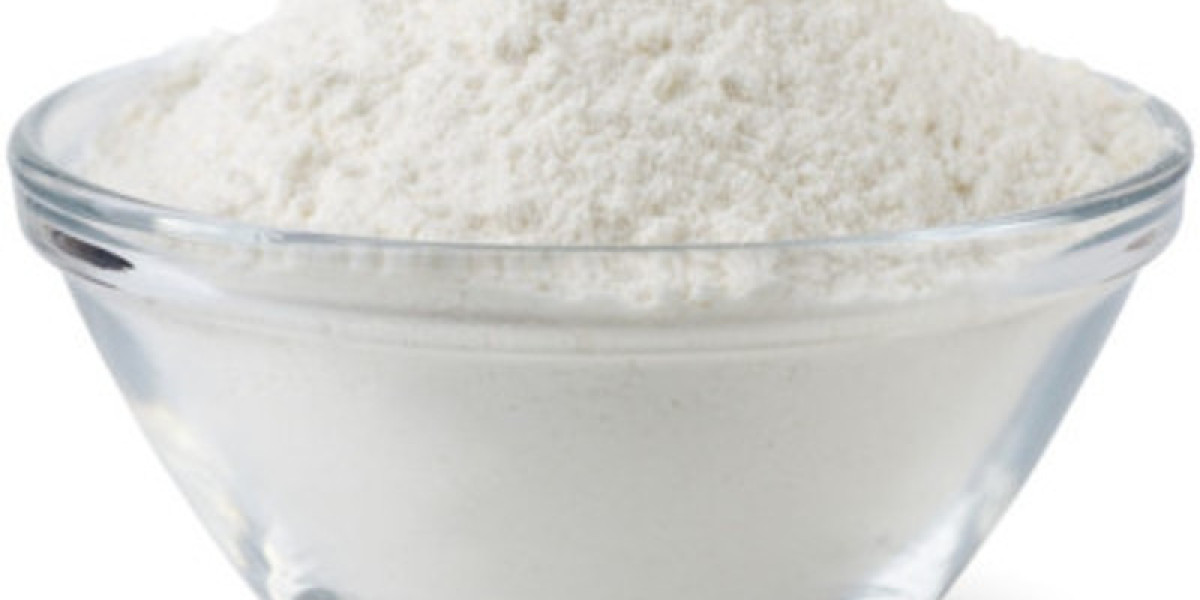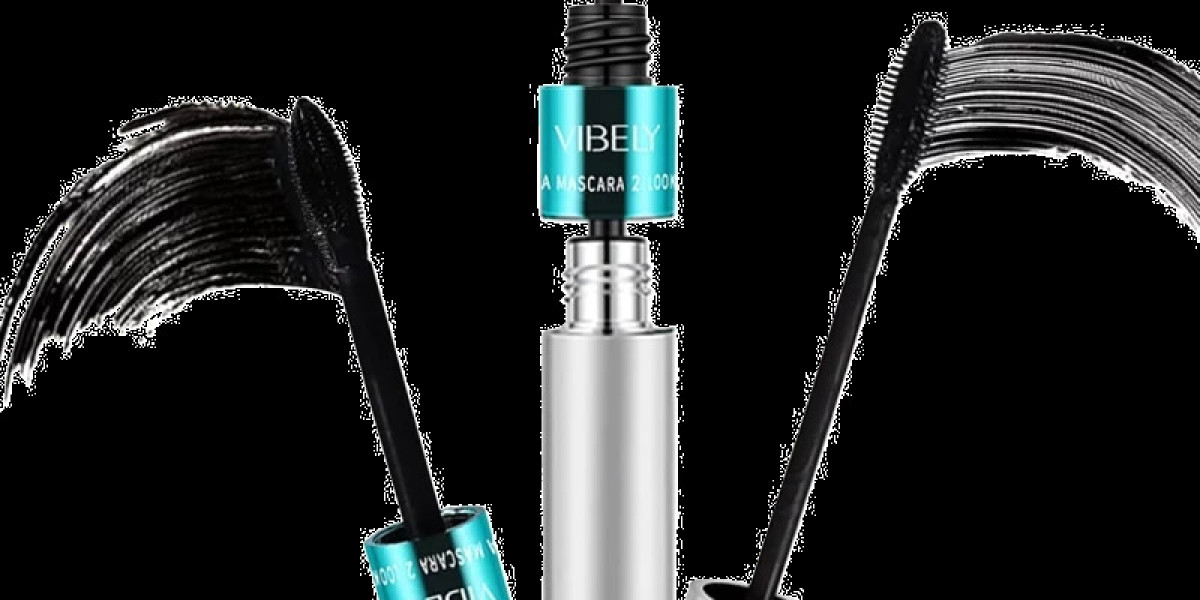To measure biochemicals suppliers' innovation capabilities effectively, you can use a combination of qualitative and quantitative methods. Here are some key approaches and metrics to consider:
1. Evaluate R&D Investment
- R&D Spending as a Percentage of Revenue: This metric shows how much the supplier is willing to invest in innovation.
- Number of R&D Projects: Assess the number of ongoing and completed R&D projects to gauge their innovation activity.
2. Assess Innovation Outputs
- Patent Activity: Measure the number of patents filed and granted. This is a strong indicator of biochemicals suppliers' innovation capacity.
- New Product Launches: Track the number of new products or services introduced by the supplier in the past year.
- Market Impact: Evaluate the economic and competitive impact of new products introduced by the supplier.
3. Measure Innovation Process Efficiency
- Cycle Time: Determine how long it takes for the supplier to complete an R&D project from start to finish.
- Process Adherence: Assess how well the supplier follows established R&D protocols and processes.
4. Evaluate Innovation Outcomes
- Return on Innovation Investment (ROII): Calculate the return on investment for innovation activities.
- Time to Market: Measure how quickly the supplier can bring new products or services to market.
- Customer Adoption Rate: Track how well new products or services are adopted by customers.
5. Assess Organizational Capabilities
- Employee Training: Evaluate the percentage of employees who have received training in innovation-related skills.
- Formal Innovation Structures: Check if the supplier has formal processes and structures in place to support innovation.
6. Conduct Supplier Surveys and Questionnaires
- Self-Assessment Reports: Ask suppliers to provide self-assessment reports on their innovation capabilities and processes.
- Customer Feedback: Gather feedback from existing customers to understand the supplier's innovation performance.
7. Perform On-Site Audits and Visits
- Facility Inspections: Visit the supplier's facilities to directly observe their R&D and production processes.
- Interviews with Staff: Conduct interviews with key personnel to understand their approach to innovation and problem-solving.
8. Benchmark Against Industry Standards
- Peer Benchmarking: Compare the supplier's innovation performance against industry benchmarks to identify strengths and weaknesses.
- Best Practices: Identify best practices in the industry and assess how well the supplier aligns with these standards.
9. Monitor Continuous Improvement
- Innovation KPIs: Track key performance indicators (KPIs) related to innovation, such as the number of ideas proposed, successful implementation rates, and market impact.
- Regular Reviews: Conduct regular performance reviews to ensure the supplier is continuously improving their innovation capabilities.
By combining these methods and metrics, you can gain a comprehensive understanding of biochemicals suppliers' innovation capabilities and make informed decisions about their suitability for long-term partnerships.








